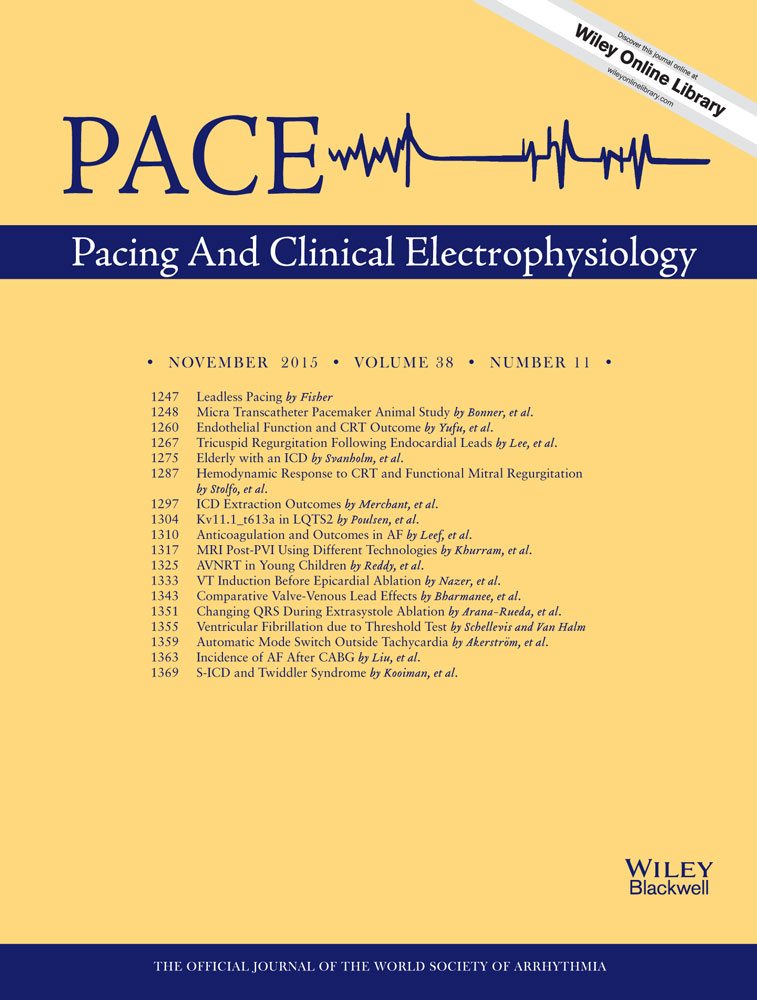Risk of Stroke and Death in Atrial Fibrillation by Type of Anticoagulation: A Propensity-Matched Analysis
Funding: none.
Disclosures: Research support from Boston Scientific (SS), Medtronic Inc. (SS, EA, SJ), and St. Jude Medical (SS, EA, SJ).
Abstract
Background
We examined the effect of novel oral anticoagulants (NOACs) compared to warfarin on the risk of death or stroke in atrial fibrillation (AF) patients in every day clinical practice.
Methods
We examined a cohort of 2,836 AF patients, of whom 2,253 were prescribed warfarin and 583 were prescribed an NOAC. Patients with glomerular filtration rate < 30 mg/mL or history of significant valvular heart disease were excluded. Patients were followed to primary end points of death or stroke. Propensity matching was used to adjust for differences in baseline characteristics between the groups.
Results
Compared to patients in the NOAC group, patients on warfarin had more comorbidities and higher CHADS2 and CHA2DS2-VASc scores (1.7 vs 1.3 for CHADS2, 2.8 vs 2.2 for CHA2DS2-VASc, P < 0.0001 for both). After adjusting for differences in baseline characteristics, NOAC use was associated with significant reduction in all-cause mortality compared to warfarin (hazard ratio [HR] = 0.47, 95% confidence interval [CI; 0.3–0.8], P = 0.006) but not stroke, over a median follow-up of 42.5 months. The difference in mortality persisted after propensity score matching (HR = 0.51, 95% CI [0.28–0.93], P = 0.03).
Conclusions
Compared to warfarin, NOAC use is associated with decreased all-cause mortality but not stroke risk. These data from real-life clinical practice add to existing evidence for decreased mortality among patients prescribed NOACs compared to warfarin.




